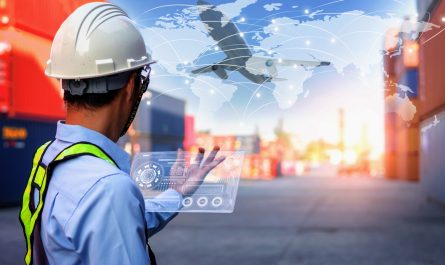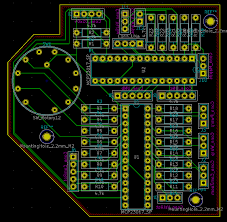
The Concept For years, delivery drones have been something out of a science fiction novel. But now, advances in technology are bringing this concept closer to reality. Delivery drones, also known as UAVs (unmanned aerial vehicles), are unmanned aircraft that can transport packages and goods over short-to-medium distances. Major companies like Amazon, Google, and Uber have already started testing delivery drones to see if they are a viable solution for last-mile package delivery.
How Do They Work?
Delivery drones work through a system of onboard GPS, sensors, and computers that allow them to navigate autonomously. They take off from central distribution facilities and use GPS coordinates to locate delivery addresses. Onboard cameras and sensors help drones avoid obstacles and detect hazards in real-time. Most delivery drones have a payload capacity of 5 pounds or less and can fly at speeds up to 50-80 mph with a range of 10-30 miles on a single battery charge.
Logistical Challenges
While the technology seems promising, there are still logistical challenges to address before widespread commercial use of delivery drones. Safety is a major concern, especially considering they will be operating in congested urban areas near people. Stricter regulations will need to be put in place to ensure drones don’t interfere with air traffic or pose risks to public safety. Other challenges include payload limitations, flight range, weather dependencies, reliability concerns, theft/security risks, and public acceptance. Drone companies are working to overcome these hurdles through ongoing research, testing, and modifications to drone designs.
Regulatory Landscape
For delivery drones to operate commercially, supportive regulations need to be established. Currently, the Federal Aviation Administration (FAA) mandates that drones must be flown within line of sight and not above 400 feet. However, these rules don’t allow for the BVLOS (Beyond Visual Line of Sight) flights required for package delivery applications. The FAA is working to integrate drones safely into the National Airspace system and has started granting waivers and approvals for experimental BVLOS operations. Countries like the UK, Australia, and China are more liberal with drone regulations, where delivery trials are already underway. The evolving regulatory framework will define how and when drones can play a role in last-mile delivery at scale.
Potential Industries
While still in development, delivery drones have the potential to transform logistics operations across multiple industries:
E-commerce: Companies like Amazon envision drones as the future of package delivery, providing faster shipping over shorter distances. Drones could deliver online orders of small items directly to customers’ doorsteps within 30 minutes of purchase.
Medical deliveries: Drones represent an efficient way to transport critical medical supplies like blood, vaccines, and emergency medications to remote locations in need. They offer faster transportation than traditional vehicles on land.
Food delivery: Restaurants and fast-food chains are exploring drones to deliver prepared meals directly to customers in under 10 minutes. This could offer a competitive advantage over regular delivery methods if implemented at scale.
Disaster relief: During natural calamities or crises where ground routes are blocked, drones carrying necessities like water, food, and medical items can help relief organizations save lives by reaching stranded communities quickly.
Retail: Drone delivery could help retailers fulfill orders from neighborhood brick-and-mortar stores in a more timely and cost-effective manner compared to regular transportation.
Early Adoption is Underway
Despite persisting challenges, some companies have begun testing delivery drones on a limited basis where regulations permit. For instance:
– In 2016, Amazon made its first customer delivery via drone in Cambridge, UK within 13 minutes of ordering. Since then, they’ve conducted over 1,000 tests in U.S. and internationally.
– In 2017, Uber Eats started a pilot food delivery program using drones in San Diego, California. It aimed to deliver McDonald’s meals within 7 minutes of placing an order.
– In 2019, Wing, a subsidiary of Google’s parent company Alphabet, became the first company to get FAA approval for drone deliveries in the U.S. It initiated a pilot project in Virginia to make residential deliveries.
– Zipline, a logistics company, has been using drones since 2016 to deliver blood supplies to remote clinics in Rwanda, reducing transportation time from over 4 hours to under 30 minutes.
– In 2021, UPS partnered with CVS and FlowtronuX to conduct drone deliveries of prescription medications and over-the-counter products to customers in Florida.
With more regulatory approvals and infrastructure building underway, delivery drones could start scaling up commercial operations within the next 3-5 years and genuinely change the face of last-mile logistics. However, Delivery drones will need to prove their safety, reliability, and true value proposition over time to gain public acceptance as a mainstream delivery mode.
1. Source: Coherent Market Insights, Public sources, Desk research
2. We have leveraged AI tools to mine information and compile it



